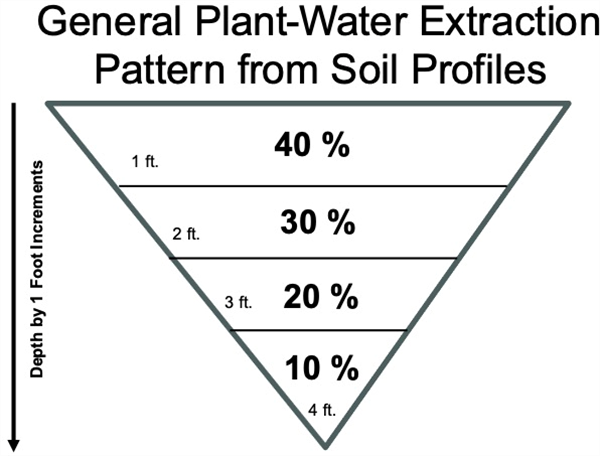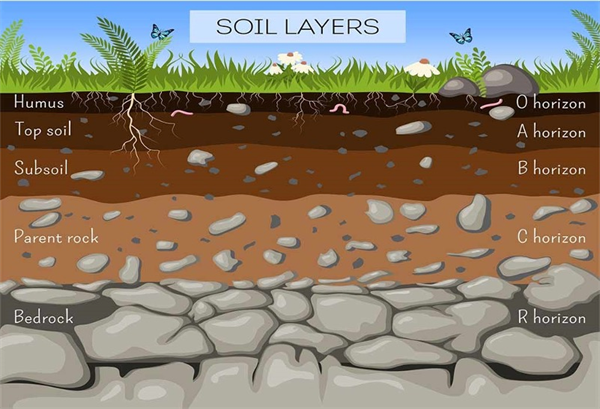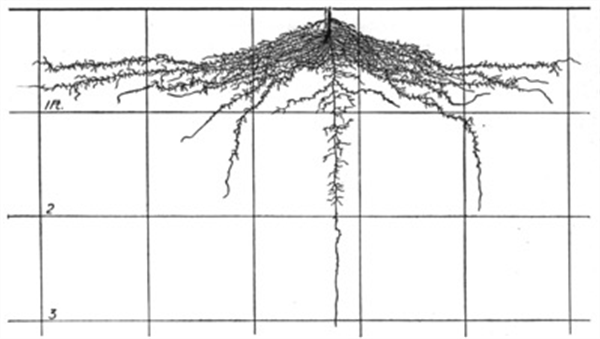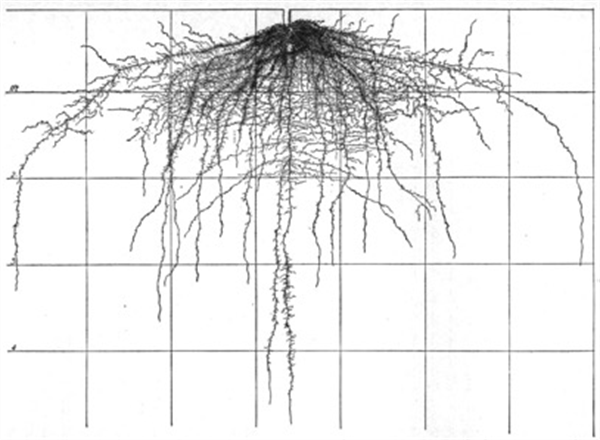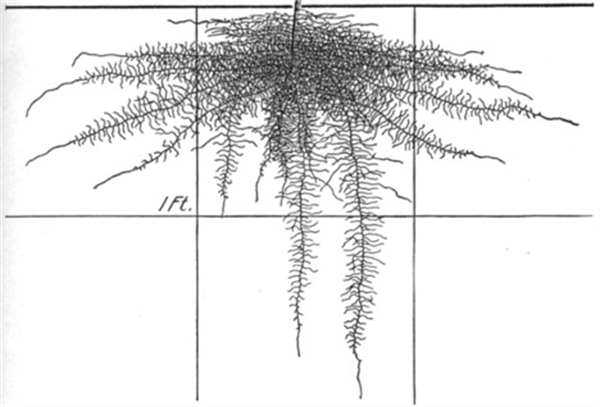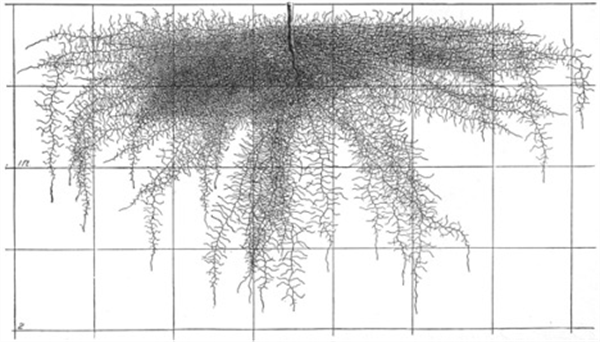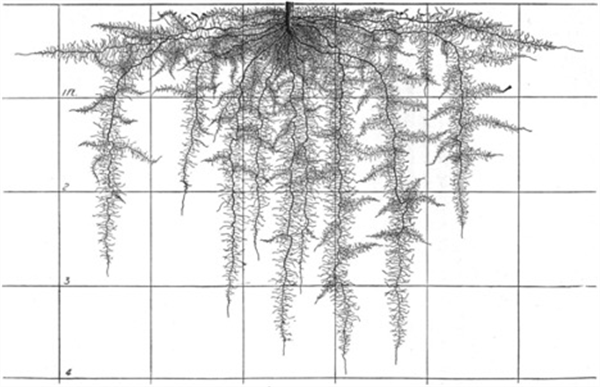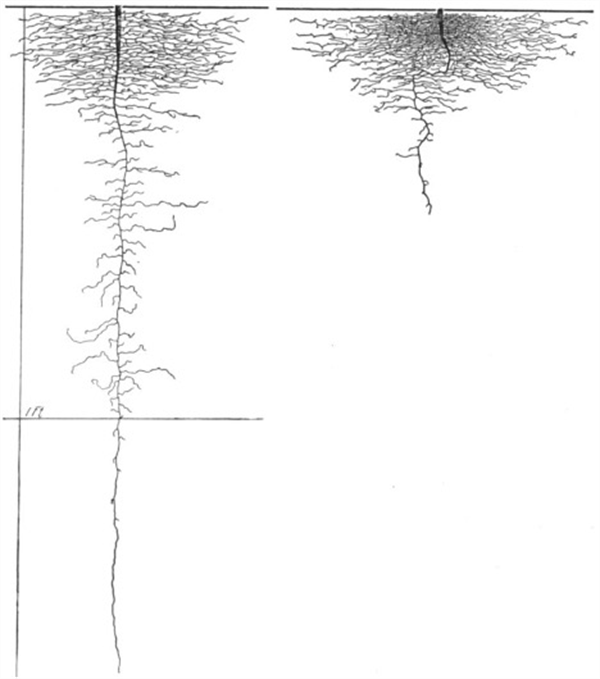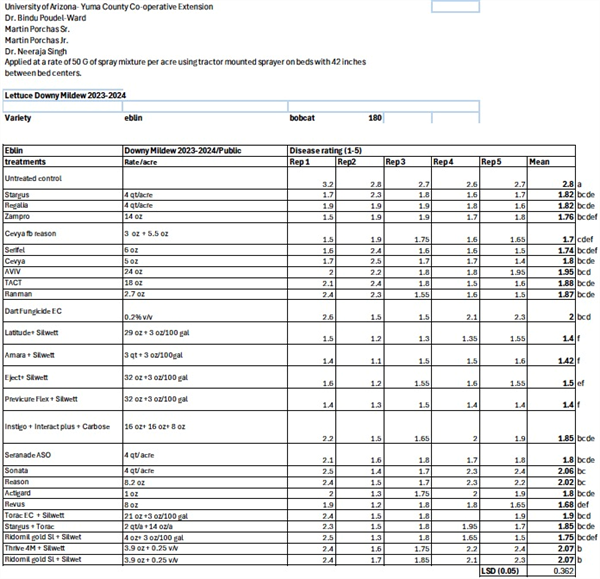-
Oct 29, 2019Don’t Forget about Resistance Management
Don’t be fooled by the cool weather; it may slow insect activity down a bit, but they will still be moving around until it gets really chilly in December. So be vigilant in your scouting, especially with harvest approaching. Lepidopterous larvae, (beet armyworm, cabbage looper, corn earworm and diamondback moth, and known collectively as “worms”) are typically the most important pests of fall produce in the desert southwest. And this was a typical year; heavy worm pressure in early September and remaining consistently abundant thus far. Fortunately for local PCAs, several insecticide alternatives are available that provide excellent residual activity on these pests. Perhaps equally important, many of the products have unique modes of action (MOA) that can be alternated throughout the growing season. This is important because the most fundamental way to reduce the risk of insecticide resistance is to eliminate exposure of multiple generations of Leps to the same MOA. By using a different MOA on each subsequent spray application, you can minimize the risk of resistance by Lep larvae to these insecticide compounds. In contrast, repeatedly applying insecticide products with the same MOA for Lep control in the same area will significantly increase the risk of resistance. This is particularly important with the Diamide group of insecticides (IRAC group 28). These products can be applied as both foliar sprays and soil systemic treatments, and currently 7 Diamide products are for use labeled in leafy vegetables - all with the same MOA (Coragen, Durivo, Besiege, Minecto Pro, Verimark, Exirel and Harvanta). To avoid confusion among the Diamides, the IRAC group number (28) is placed on each label, adjacent to the product name. This is very helpful in avoiding repeated use of the same MOA. A complete list of all registered compounds and their MOA can be found at the IRAC MOA Classification Scheme. Furthermore, applying a Diamide product (i.e., Coragen/Verimark) to the soil at planting or as a tray drench, and then subsequently applying Diamide foliar sprays (i.e., Harvanta/Besiege) on the same field can expose multiple generations of Leps to the same MOA. For example, under ideal weather conditions, one could potentially expose 5-6 generations of diamondback moths to the same MOA given the residual efficacy of the diamides. That’s not a good way to use these products if you want them to remain effective for more than a couple of years. Since the Diamides, as well as the other key products currently available (e.g., Radiant, Proclaim, Intrepid, Avaunt), are critical to effective management of Leps in leafy vegetables, PCAs should consciously avoid the overuse of any of these compounds. The most effective way to delay the onset of resistance by Leps in leafy vegetables is to consider the recommendations provided in the guidelines entitled Insecticide Resistance Management for Lepidopterous Larvae in Desert Produce Crops.
IRAC MOA Classification Scheme To contact John Palumbo go to: jpalumbo@ag.Arizona.edu
To contact John Palumbo go to: jpalumbo@ag.Arizona.edu



